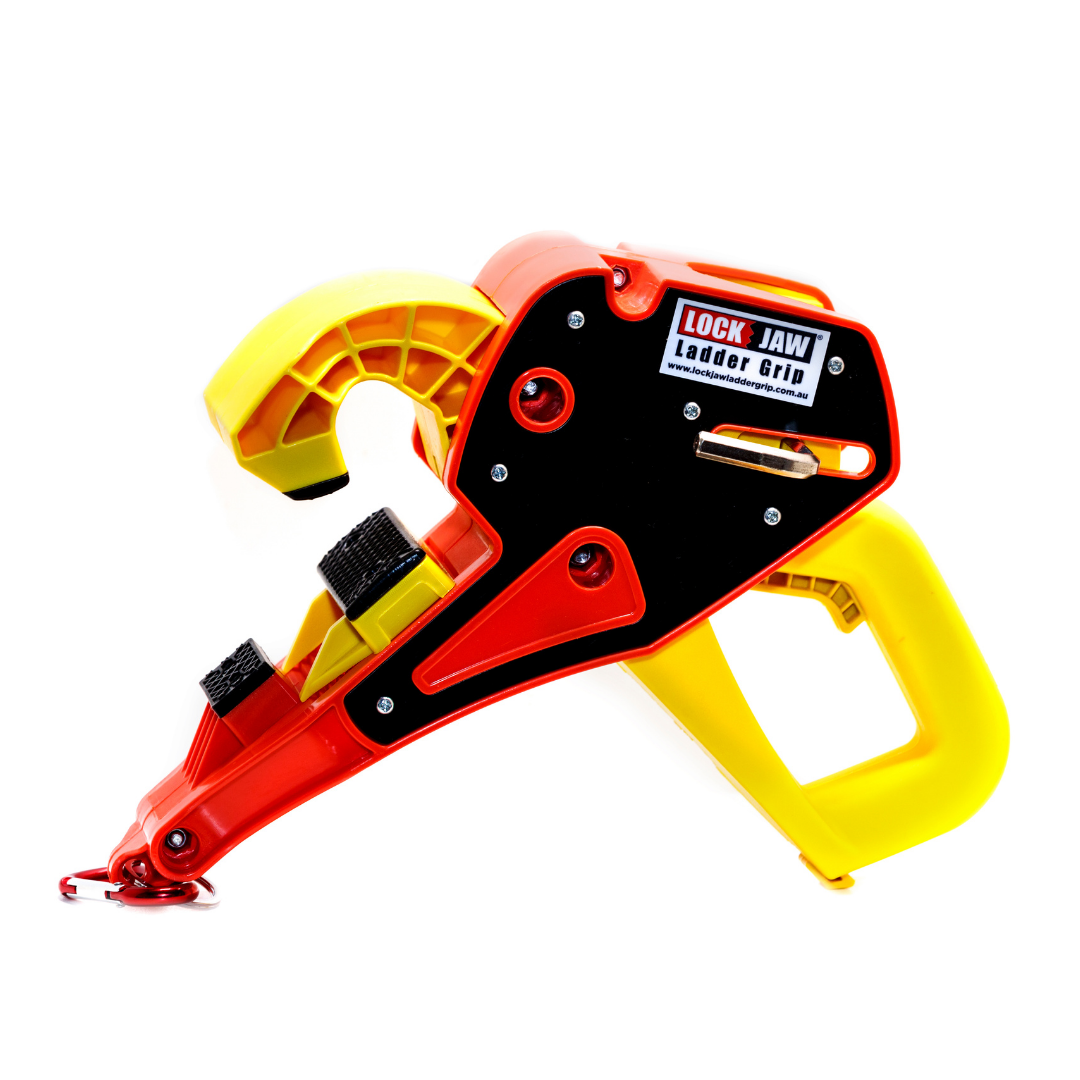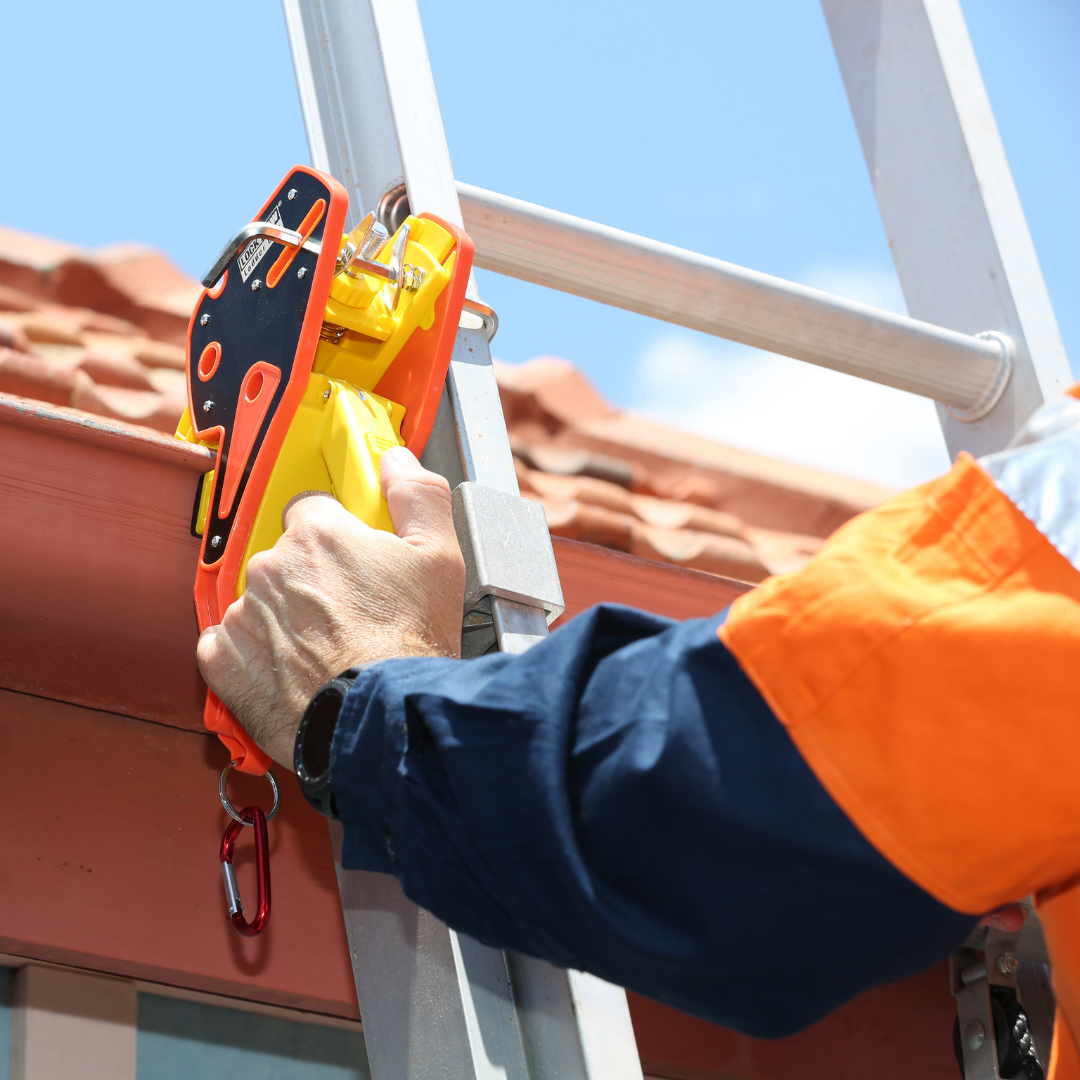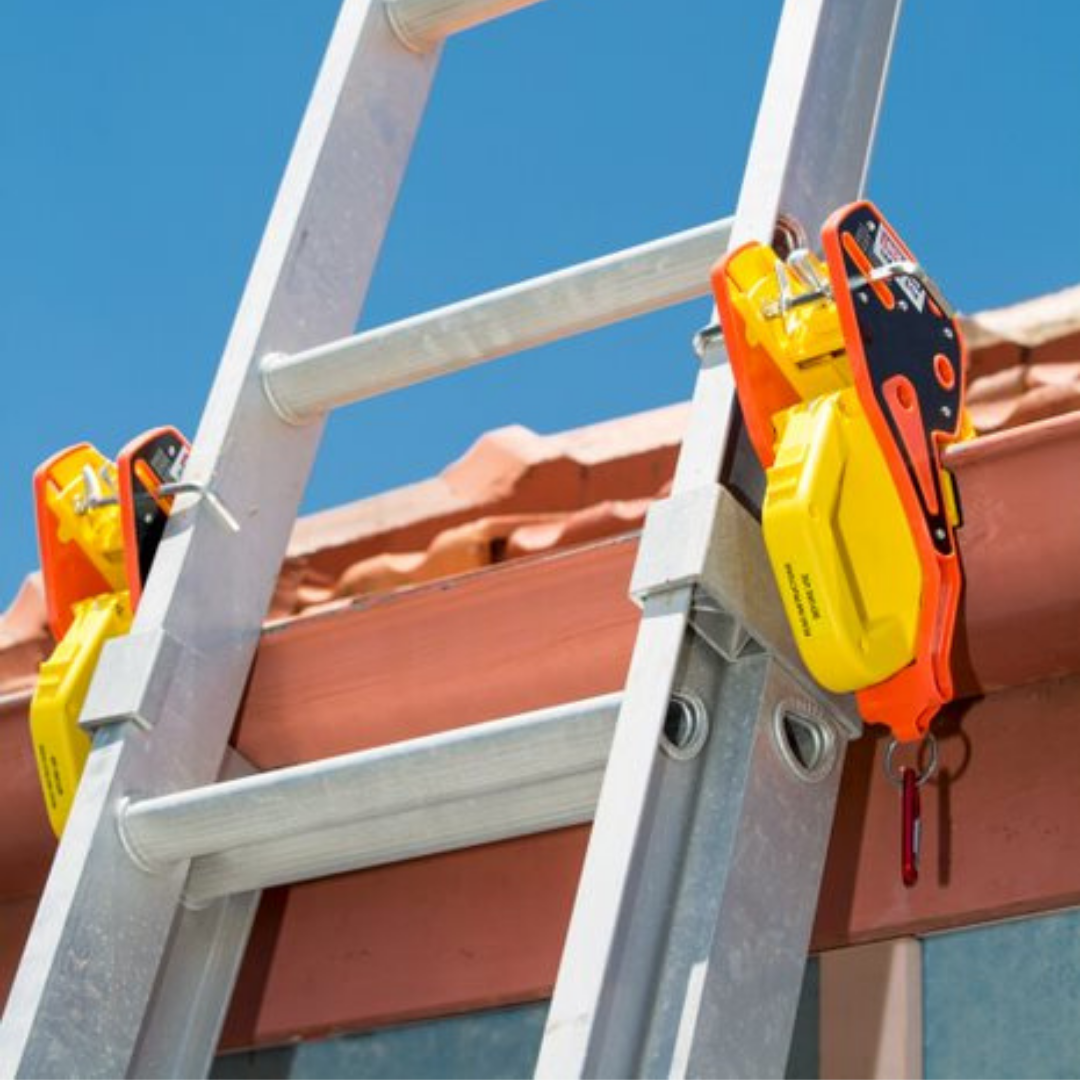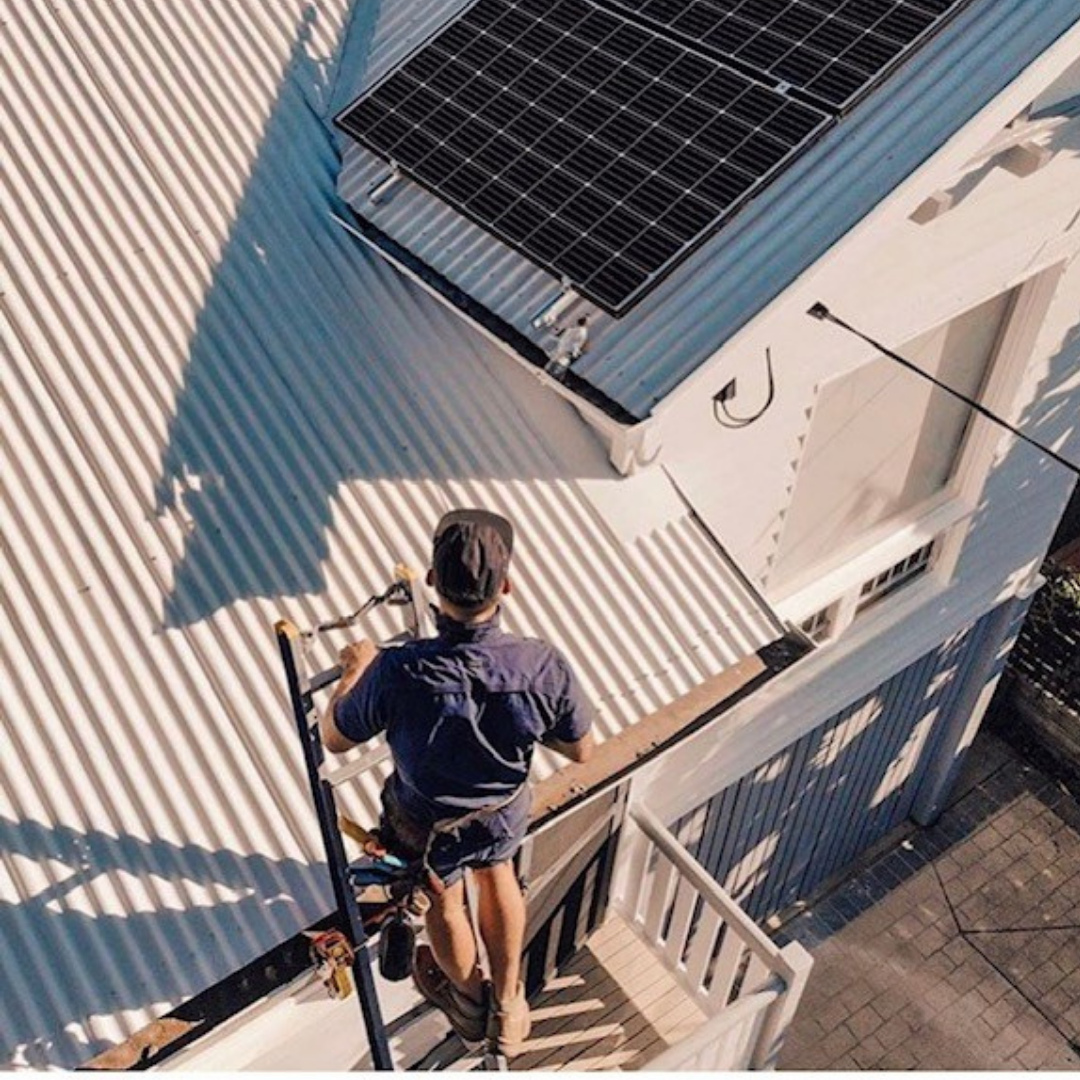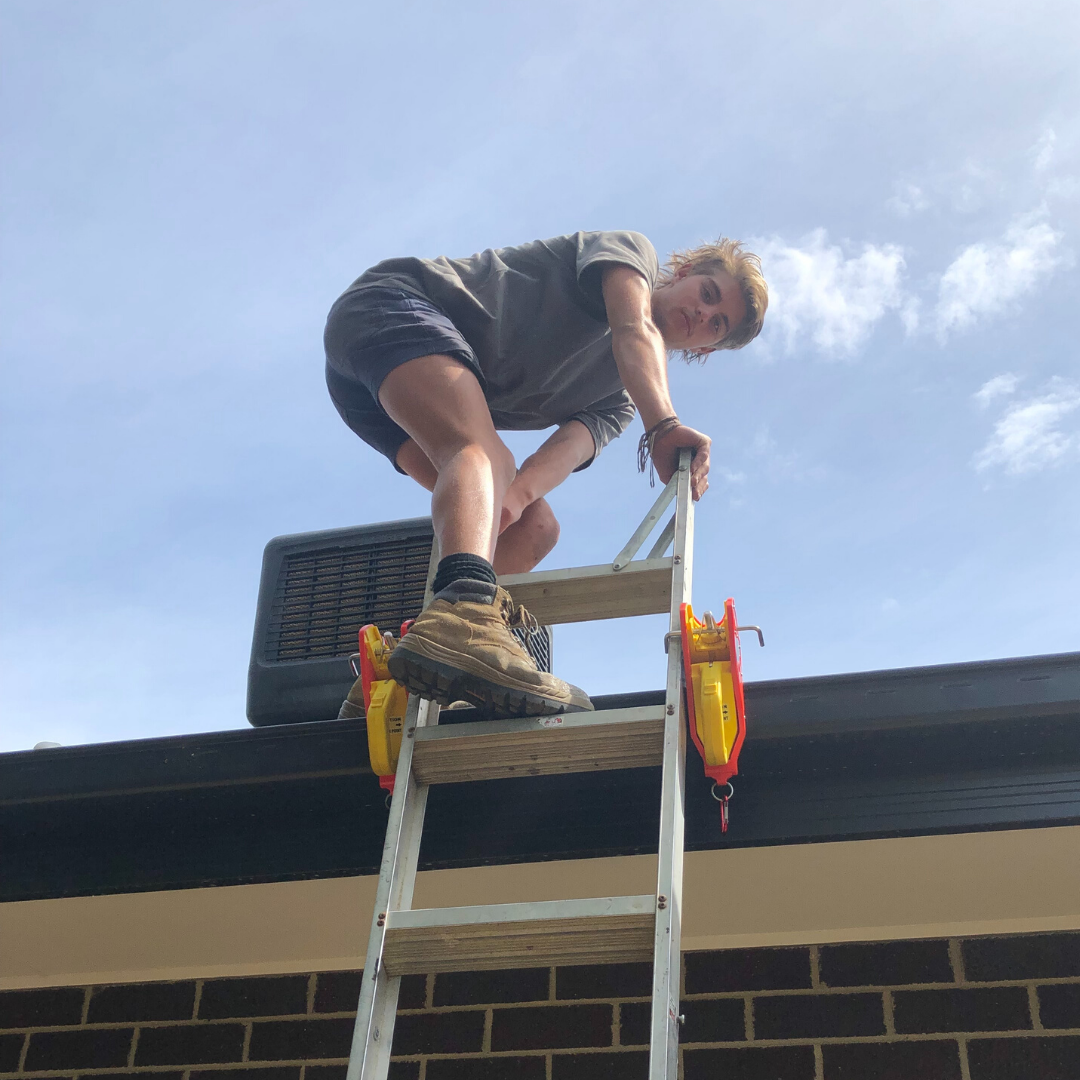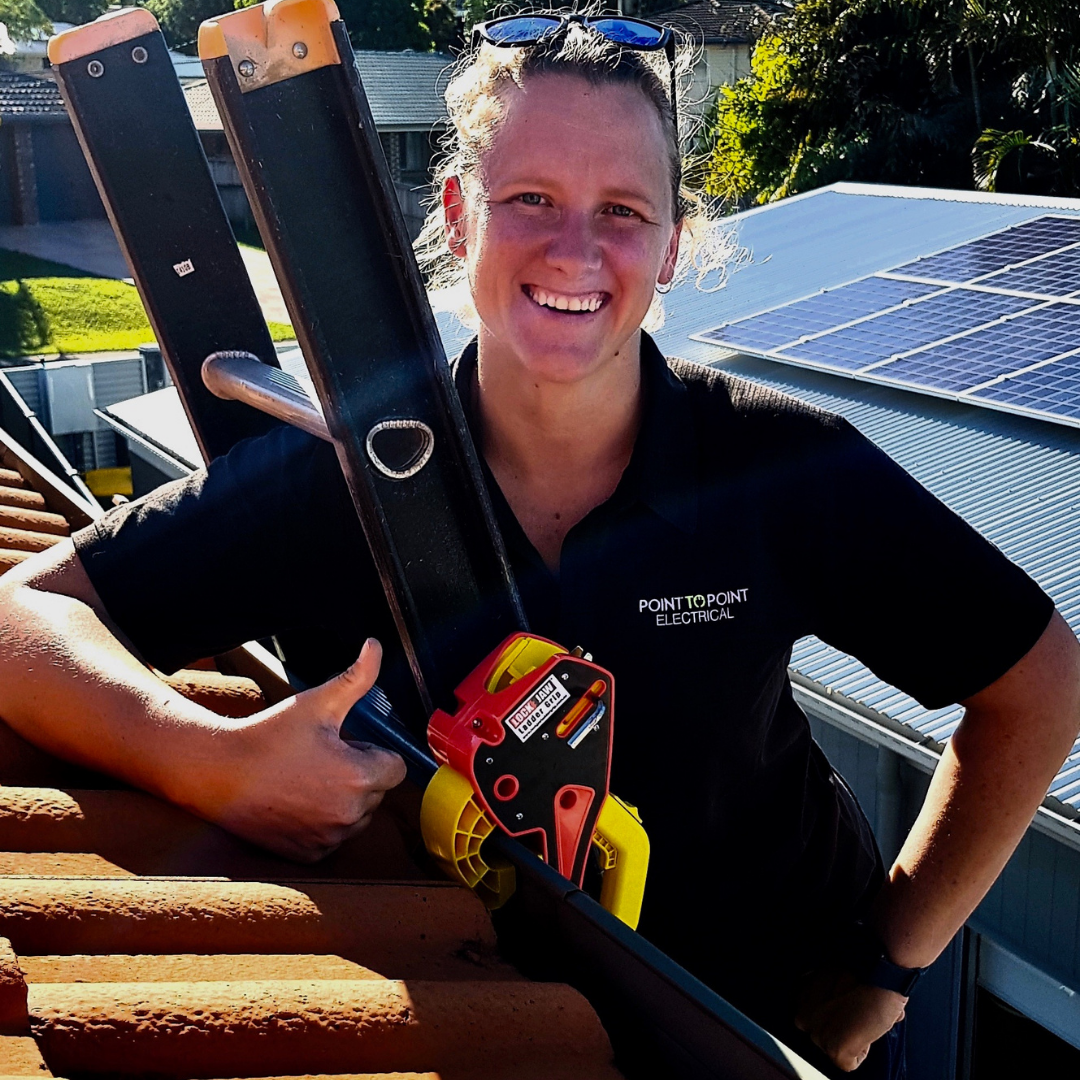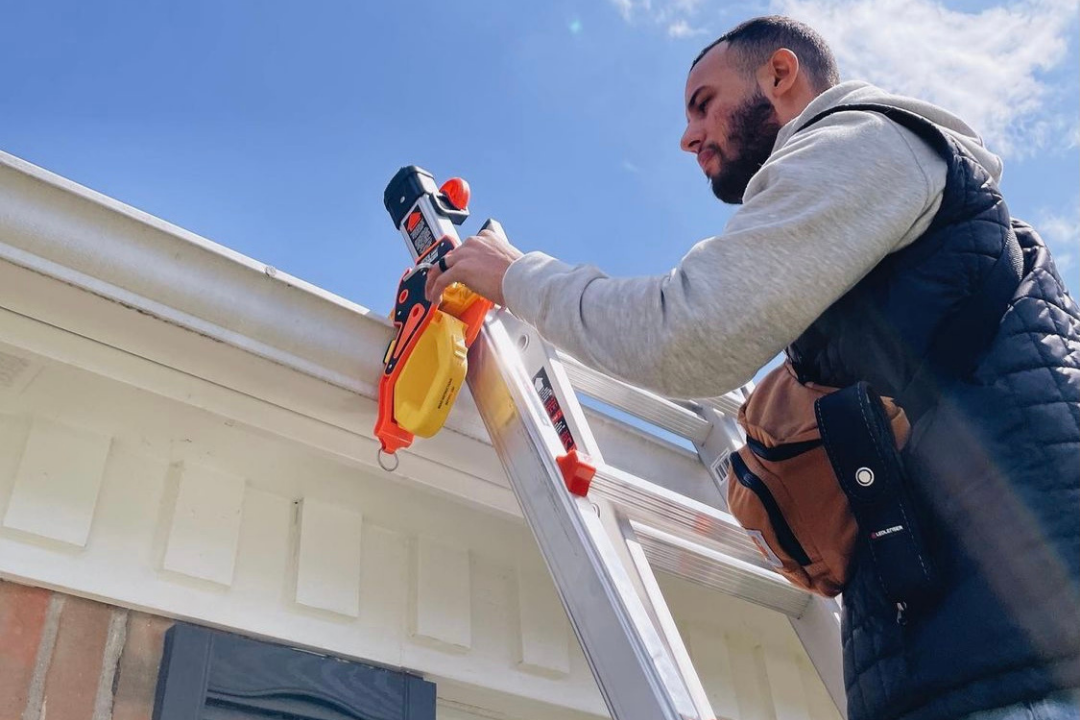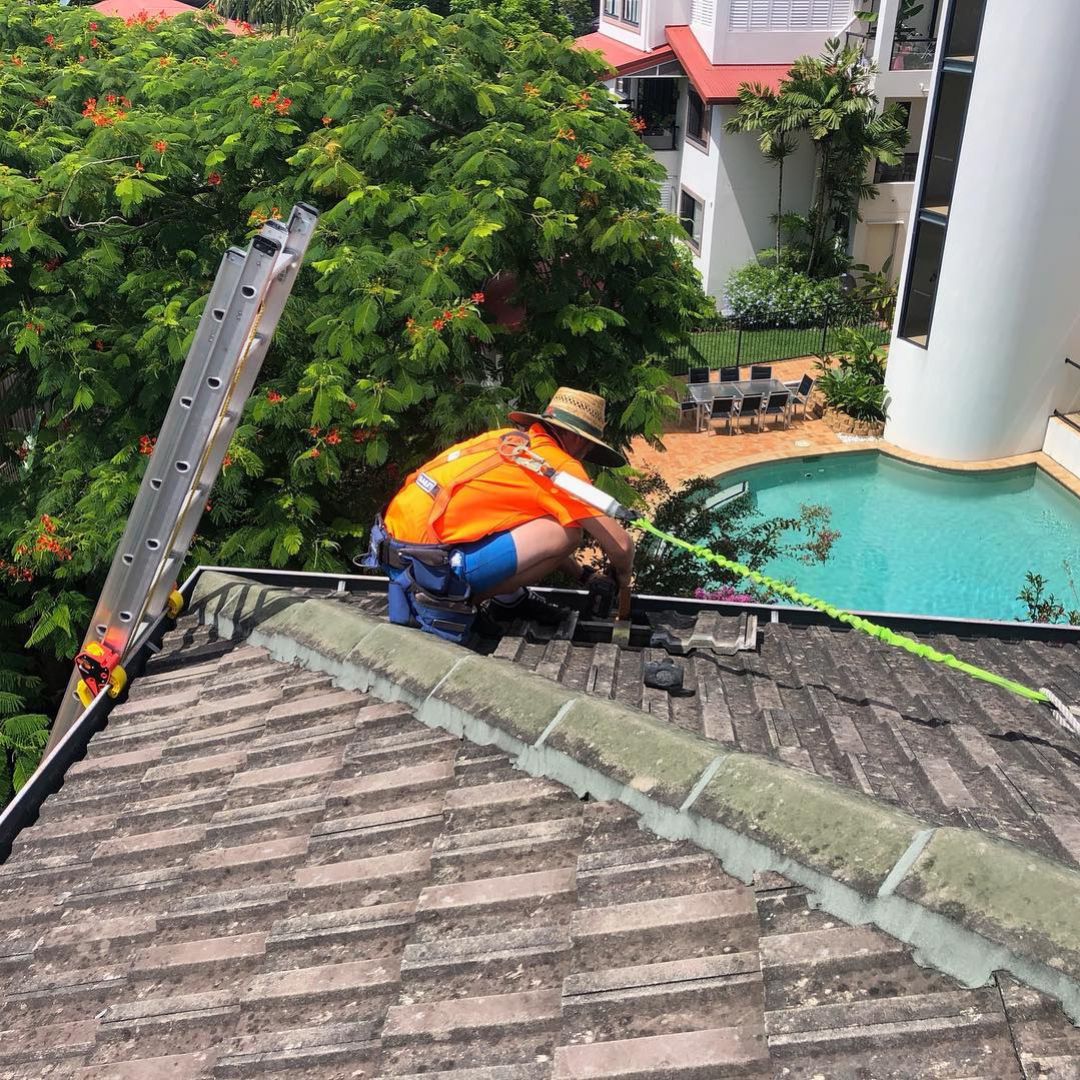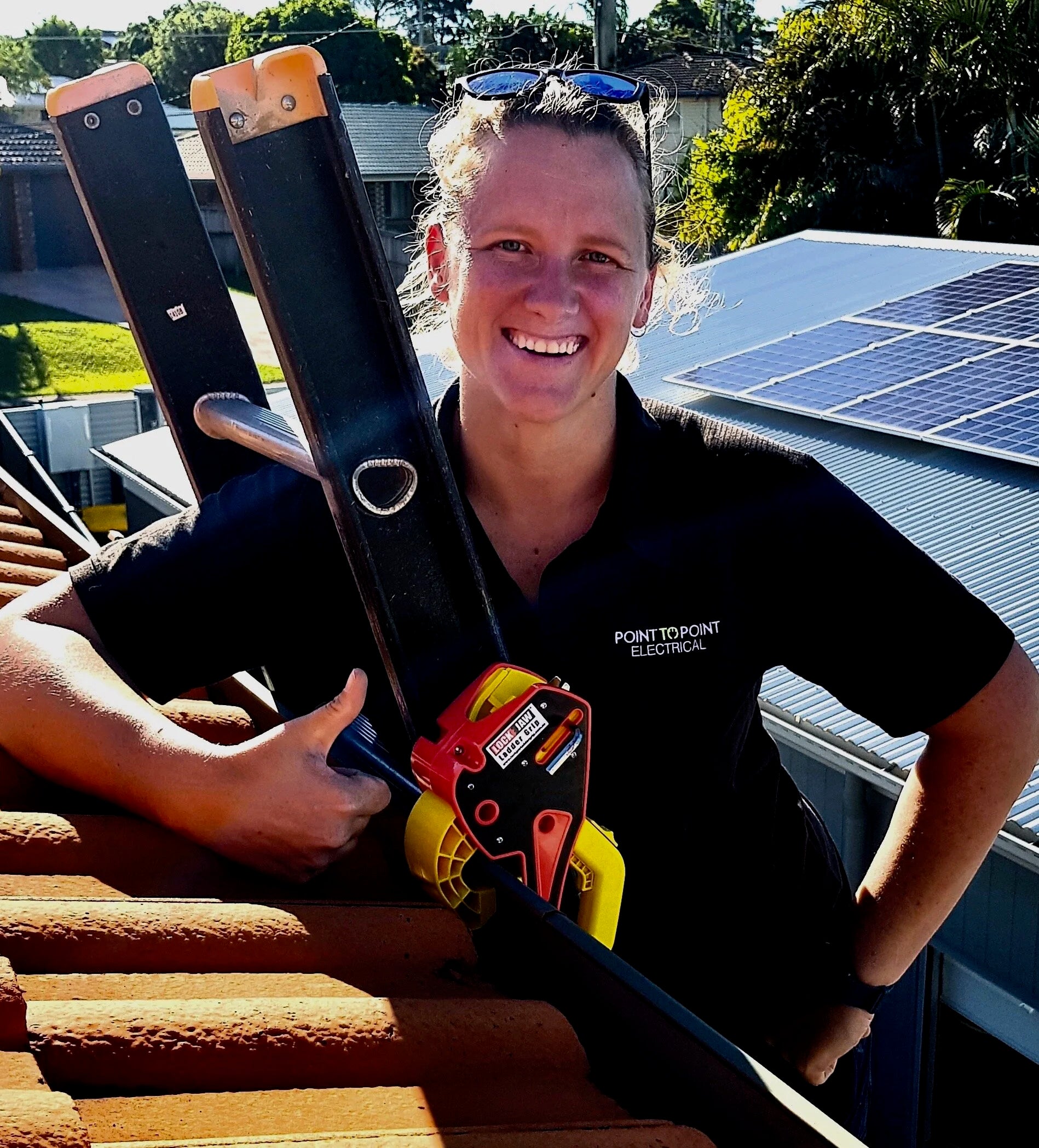LADDER SAFETY 2021
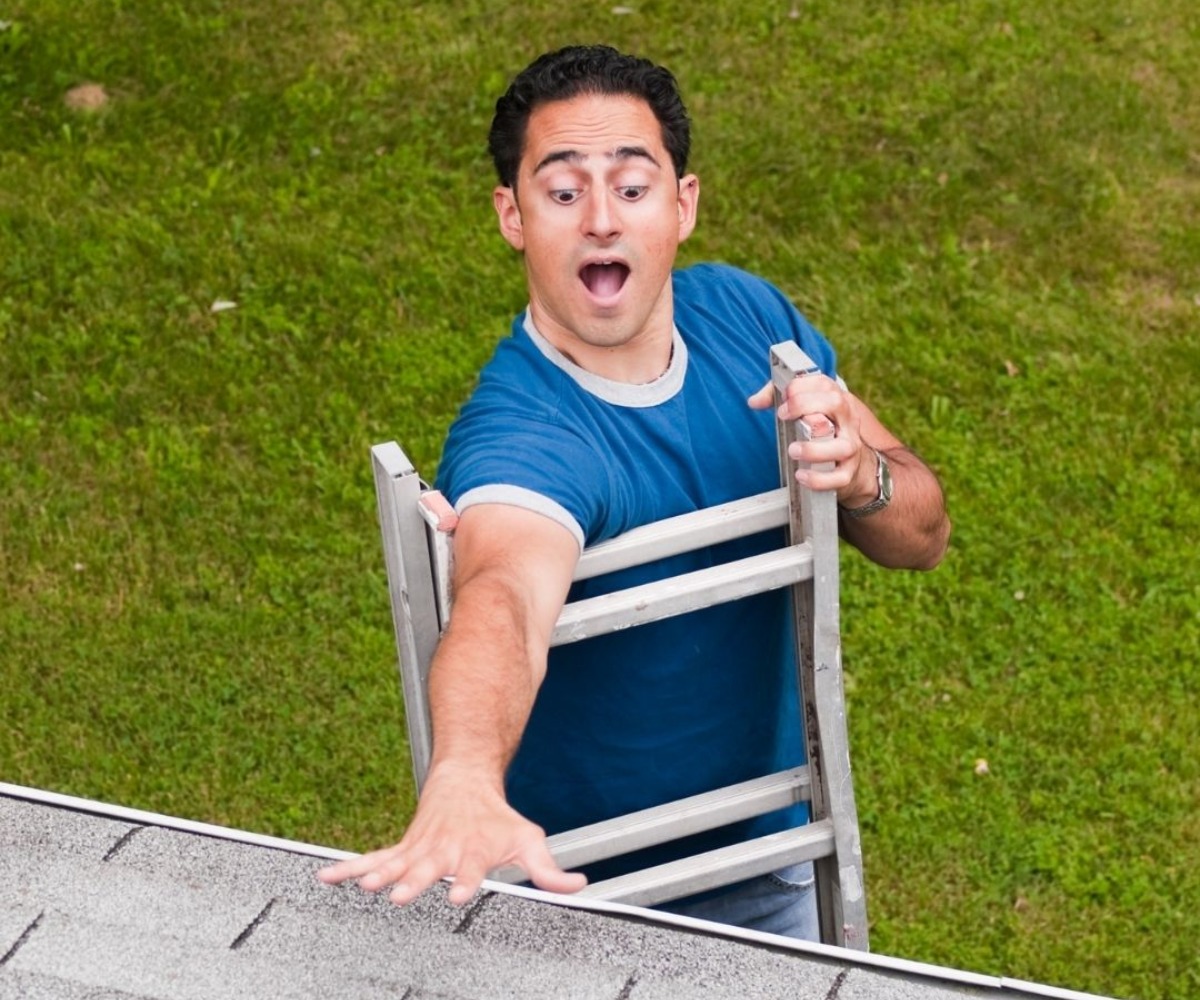
Ladder safety
According to the World Health Organization Each year an estimated 646.000 individuals die from falls globally. In several cases this the risk of falling from a ladder can be minimized through ladder safety.
Similarly, the journal Health & Medicine Week points out that the risk of falling from a ladder is increasing, a 2017 study demonstrated that there were 41,092 hospitalised falls from ladders in Australia over the ten-year period from July 2002 to June 2012, rising from 3,374 hospitalisations in 2002/03 to 4,945 hospitalisations in 2011/12. Moreover, the common characteristics of patients who presented to the ED for ladder‐related falls were men, domestic ladder users and over the age of 50.

Worksafe & Ladder Safety in Australia
there are ways to secure your ladder and minimise risks by using a ladder stabilizer device. According to a 2017 study published in the Australasian College for Emergency Medicine and Australasian Society for Emergency Medicine (EMA) There is evidence to support the promotion and utilisation of ladd accessories that are designed to improve ladder stability.[1] The study argues that ladder safety interventions should emphasise task avoidance, education and training, utilisation of safety equipment and appropriate ladder setup. The study suggests that there is a strong case for the sale of ladder accessories either to be made compulsory or combined in the purchase price.
Other study published in the peer-reviewed medical journal Injury (2016) suggest that the incidence of ladder falls requiring ICU management is increasing, and severe traumatic brain injury was responsible for the majority of deaths and for poor outcomes in survivors, therefore the importance of using a guardian ladder stabilizer, safety device and ladder climbing safety system.
[1] Cabilan, C., Vallmuur, K., Eley, R., Judge, C., Cochrane, S., Reed, C., Riordan, J., Roberts, K., Thom, O. and Wood, G. (2018), Impact of ladder‐related falls on the emergency department and recommendations for ladder safety. Emergency Medicine Australasia, 30: 95-102. https://doi.org/10.1111/1742-6723.12854

Ladder safety - safe use of ladders in 2021
According to Occupational Safety and Health Administration (OSHA). Falls from portable ladders (step, straight, combination and extension) are one of the leading causes of occupational fatalities and injuries. OSHA proposes a series of recommendations to reduce the risk of falling from ladders. Similarly, the Roof Tiling Association of Australia Since argues that even when using a ladder can seem intuitive, there are some important points to recall before using it, to ensure your ladder safety and in the event of a fall from a ladder.
Also, Safe Work NSW argues that each year there are dozens of severe incidents where workers have fallen from ladders. However, many of these cases involve a ladder being used incorrectly or inappropriately. Moreover, ladder safety is overlooked in many instances and the lack of an adequate ladder stabilizer carries a major burden on workers and employees. Therefore, it is important to choose the right ladder and ladder tool for the job. Both must meet Australian standards and the load requirements of the job and always before starting any job, conduct a pre-job assessment.

Ladder safety matters
Falling from a ladder is one of the most frequent causes of injury across the construction industry. According to the Australian Competition and Consumer Commission (ACCC). The ACCC has emphasized that the education on ladder safety is crucial. Therefore this commission has launched the national education campaign ‘Ladder safety matters’, this campaign encourages older Australian men to stop and think before they use a ladder as it is easy to prevent ladder falls, specially when you secure your ladder to the roof with a ladder safety device. Also, keep in mid the that key factors for safe ladder usage include choosing the right ladder for the job, inspecting the ladder prior to each use, and ensuring proper set up and usage of the ladder. Furthermore, a risk assessment must be performed prior to a work at height activity starts or before beginning in a new work location.
Remember that when it comes to ladder safety, you can never be too careful. Even a fall from as little as 1 meter can cause serious damage. Consequently, implementing risk assessments when using everyday tools such as ladders is vital to staying safe and avoiding serious injury.

Ladder safety tips
- Always inspect the ladder prior to using it. Before starting a task, you should always carry out a ‘pre-use’ check to spot any obvious visual flaws to make sure the ladder is safe to use.
- Never overreach, climb down and move the ladder.
- Do not place a ladder on an icy surface.
- Always maintain three points of contact with the ladder.
- Centre your weight between the ladder rails at all times and avoid movements.
- The basic rule of thumb to follow is maintaining an ideal ladder placement ratio of 75 degrees.
- Add a ladder stabilizer accessory (ladder safety device) to the top of your ladder and follow carefully the instructions.
- Do not climb past the second-top rung of a ladder.
- Do not exceed the working load limit on the ladder, don’t forget to include the weight of your tools.
- Have a solid foundation. Check to make sure there are no other hazards like water or mud that could cause your ladder to lose resistance.

